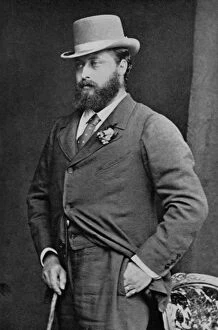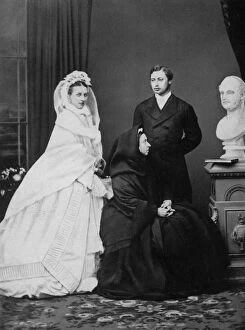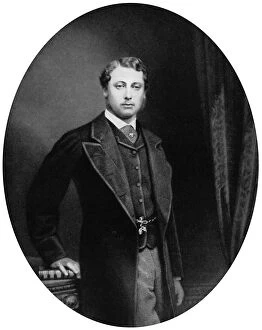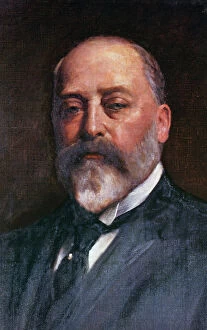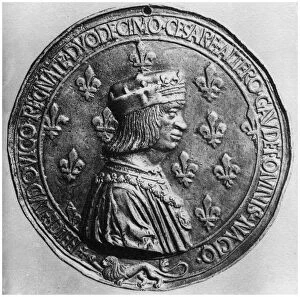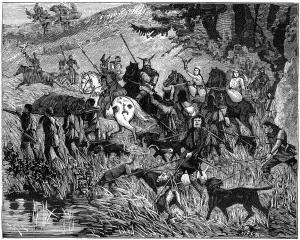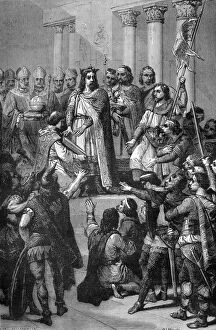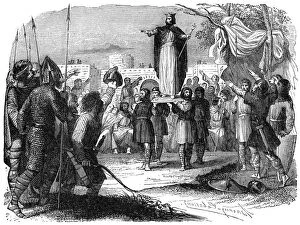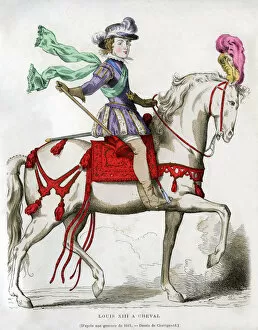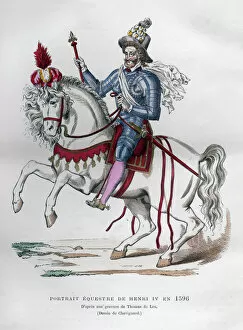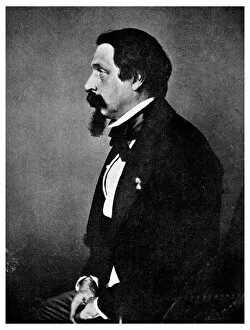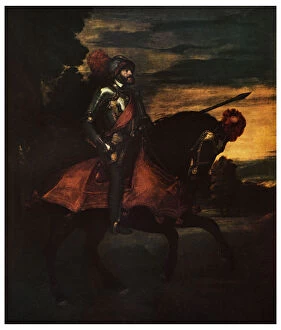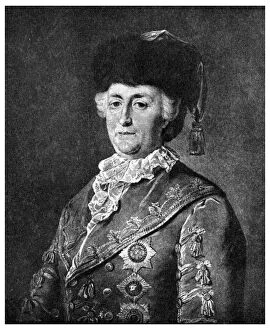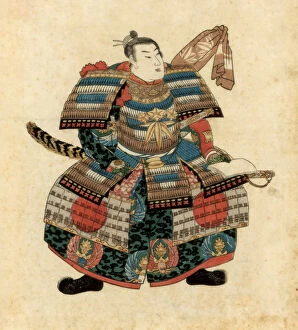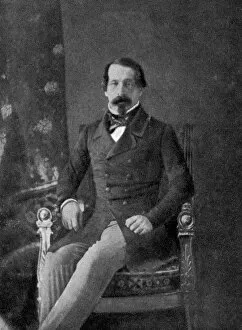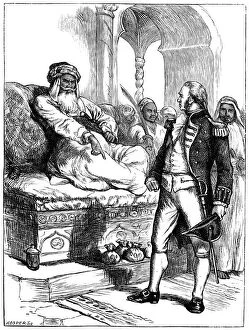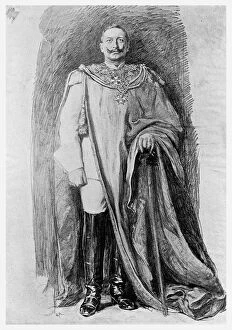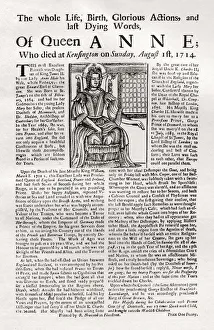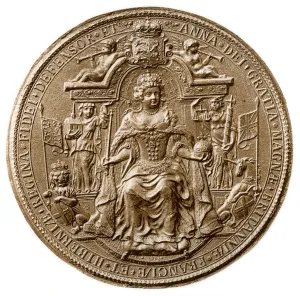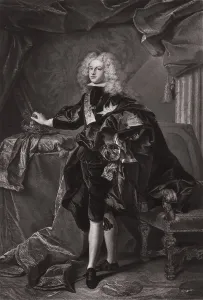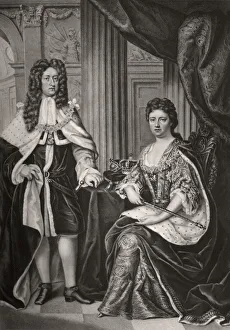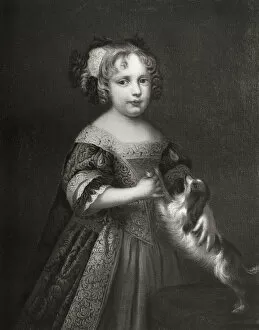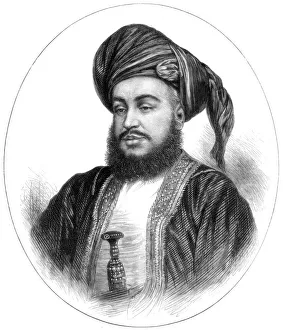Ruler Collection (page 100)
"Unveiling the Legacy: From Ancient Emperors to Modern Icons" Step into a world where rulers transcend time, leaving behind an indelible mark on history
All Professionally Made to Order for Quick Shipping
"Unveiling the Legacy: From Ancient Emperors to Modern Icons" Step into a world where rulers transcend time, leaving behind an indelible mark on history. The bust of the Roman emperor Marcus Aurelius stands as a testament to his reign, symbolizing wisdom and strength that echoes through centuries. Mustafa Kemal Ataturk, a visionary leader of Turkey, emerges from the shadows with determination etched upon his face. Amidst shoemaking tools scattered across ancient workshops, craftsmanship intertwines with power. These tools once served as extensions of skilled hands under the watchful eyes of emperors and kings alike. Tutankhamun's mask whispers secrets from beyond the grave - an exquisite artifact embodying regality and mystery. An Assyrian king proudly rides in his chariot, showcasing dominance over vast lands. Mustafa Kemal Ataturk reappears, this time dancing joyfully with his adopted daughter - revealing a softer side beneath his stoic facade. In Hieronymus Bosch's "The Garden of Earthly Delights, " temptation dances amidst opulence and indulgence - reminding us that even they are not immune to desire's allure. The Maharajah of Mysore dons military attire during World War I, exemplifying leadership in times of turmoil. Emperor Haile Selassie I finds respite by the seaside at Eastbourne; even those who govern nations seek solace in simple pleasures. A golden mask adorns Pharaoh Tutankhamun's remains - an emblematic representation of divine authority transcending mortal existence. Edward VIII ascends to power in 1936 captured forever in black-and-white photography; he carries both privilege and responsibility on his shoulders. Through these glimpses into their lives, we witness how rulers shape our world – their legacies woven into the tapestry of human history for eternity.



